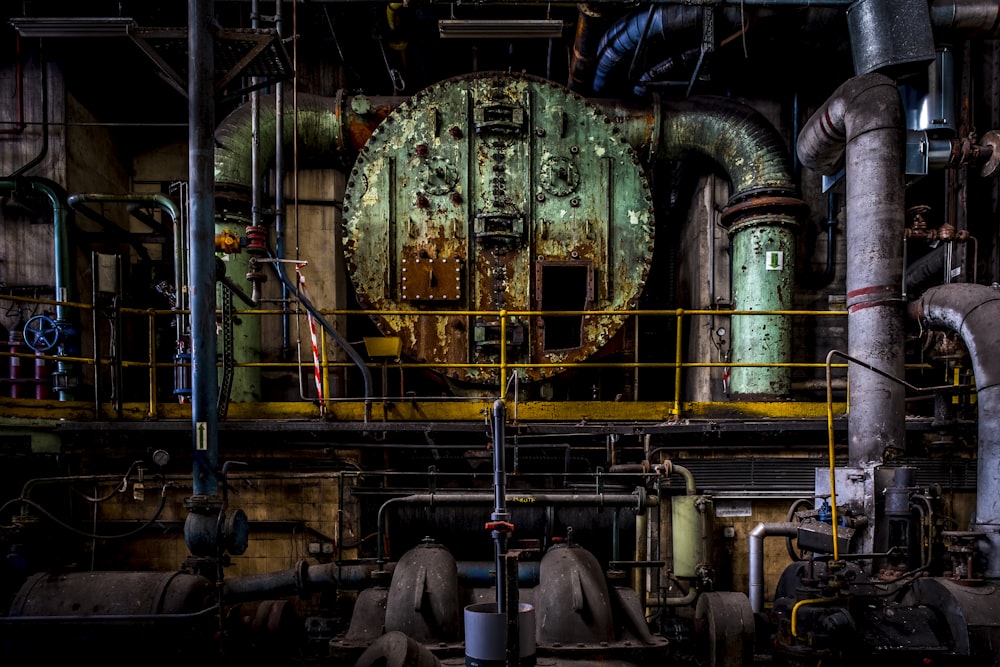
Sustainable Splendor Modern Eco-Friendly House Designs
Introduction:
In the realm of contemporary architecture, the ethos of sustainability has become more than just a trend; it’s a guiding principle shaping the very fabric of modern living spaces. As our awareness of environmental issues deepens, so too does our desire to create homes that harmonize with nature rather than detract from it. Enter the realm of eco-friendly house designs, where innovation meets conscience to deliver sustainable splendor.
Harmony with Nature:
One of the defining characteristics of modern eco-friendly house designs is their seamless integration with the surrounding environment. These homes are not imposed upon the landscape but rather embrace it, with features like green roofs, living walls, and extensive use of natural materials. By blending in with nature rather than standing out against it, these houses create a sense of harmony that is both aesthetically pleasing and ecologically responsible.
Energy Efficiency:
Central to the concept of sustainable architecture is the idea of energy efficiency. Modern eco-friendly homes are designed to minimize their environmental footprint by reducing energy consumption through various means. This can include passive design strategies such as orientation to maximize natural light and ventilation, as well as active systems like solar panels, geothermal heating, and smart home technology to optimize energy usage.
Recycled and Renewable Materials:
Another hallmark of eco-friendly house designs is the use of recycled and renewable materials. From reclaimed wood and recycled glass to bamboo flooring and recycled steel, these homes are built with sustainability in mind. By giving new life to materials that would otherwise end up in landfills, architects and builders are not only reducing waste but also creating homes that are durable, beautiful, and environmentally responsible.
Water Conservation:
In addition to energy efficiency, sustainable house designs also prioritize water conservation. Features such as rainwater harvesting systems, greywater recycling, and low-flow fixtures help minimize water usage and reduce strain on local water resources. By incorporating these water-saving technologies, eco-friendly homes not only lower utility bills but also contribute to the overall health of the environment.
Healthy Indoor Environment:
Beyond their environmental benefits, modern eco-friendly house designs also prioritize the health and well-being of their occupants. With a focus on indoor air quality, these homes often incorporate natural ventilation systems, non-toxic building materials, and ample daylighting to create a healthy living environment. By minimizing exposure to harmful chemicals and pollutants, eco-friendly homes promote better indoor air quality and overall wellness for their residents.
Community Connection:
Sustainable architecture is not just about individual homes; it’s also about building sustainable communities. Many eco-friendly house designs incorporate communal spaces, pedestrian-friendly layouts, and access to public transit to encourage a sense of community and reduce reliance on cars. By fostering connections between neighbors and promoting a more sustainable way of life, these homes contribute to the creation of vibrant, resilient communities.
Future Forward:
As we look to the future, the importance of sustainable design will only continue to grow. With climate change posing increasingly urgent challenges, the need for eco-friendly house designs has never been greater.









